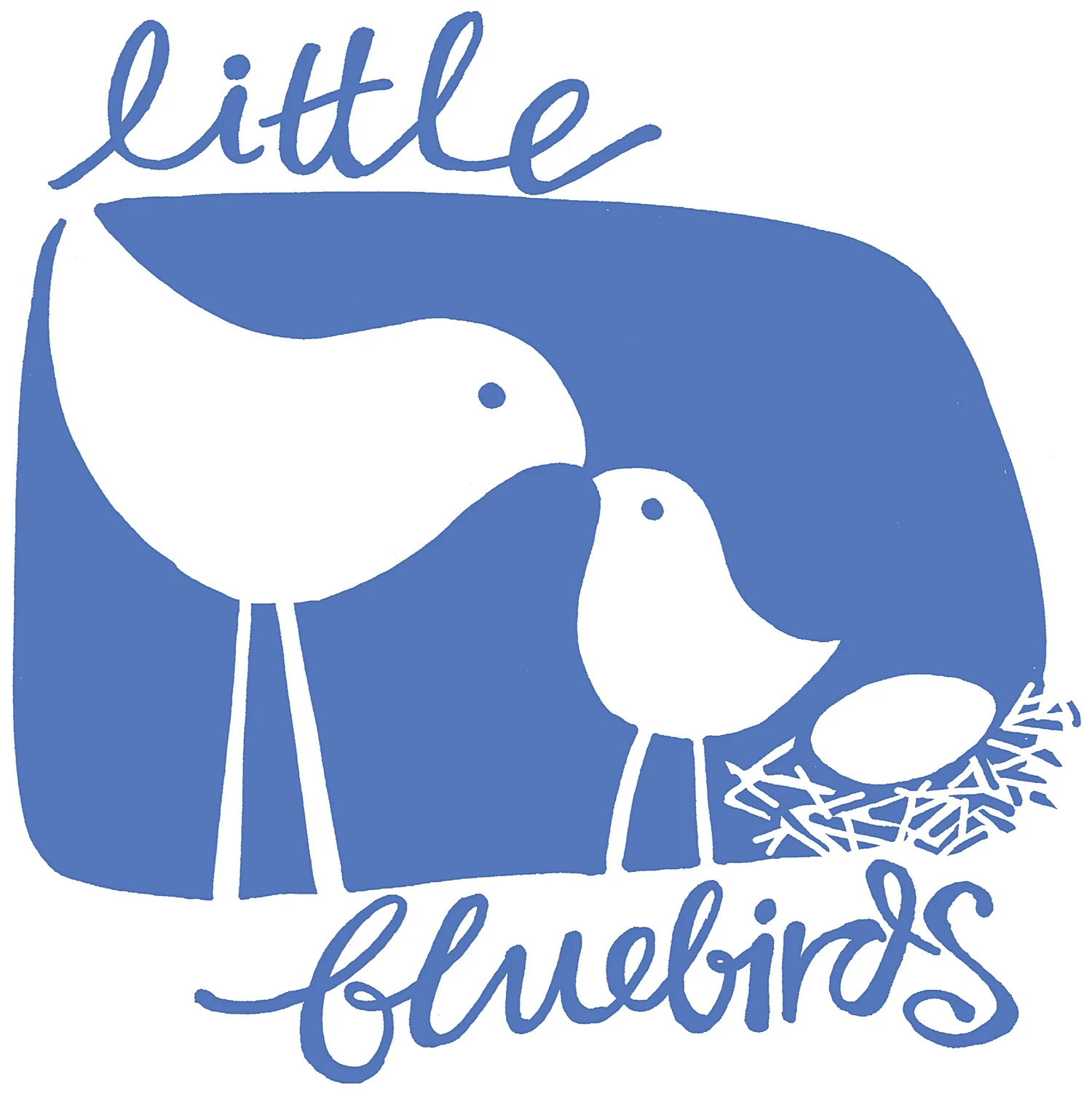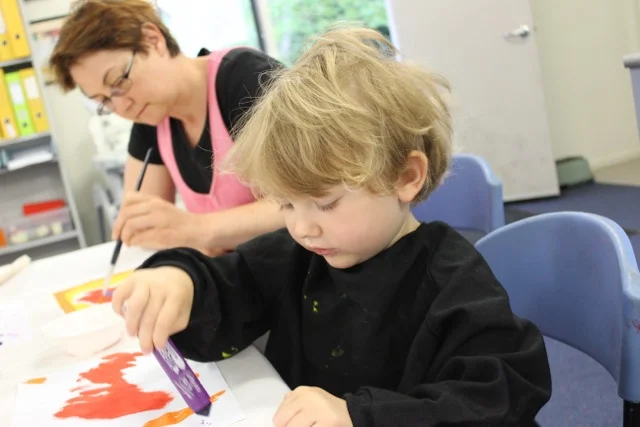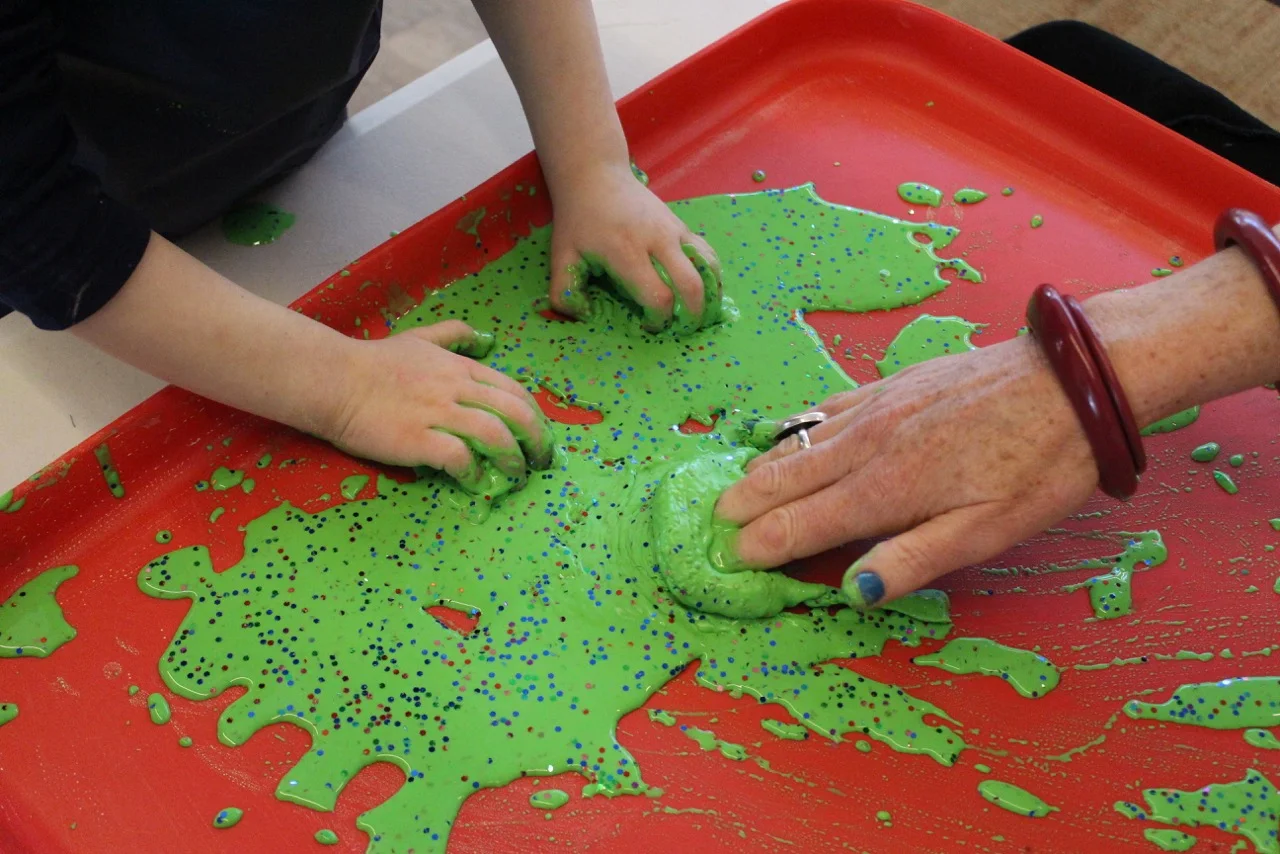Get creative - together
It's "making" time. You've spread some newspaper on the table, you've added a sheet or two of paper, some brushes and some paint. Your child is now keen and itching to get creative.
But what do YOU do? Parents are busy, and it's tempting to use those times when your busy little artist is engaged in their latest masterpiece to wander off and make that call, finish that chore, or even just have a cuppa. Domestic duties and busy schedules make it hard for parents to take timeout to be creative WITH their children. But there are lots of reasons why you should try - even if it's only for a few minutes at a time. Here are just some:
- Making art with your child offers you both a great opportunity to connect, create, laugh, learn and bond. It invites us to stop multi-tasking and focus on the project at hand, as well as on the very special person we’re doing it with.
- You might feel like fingerpainting is a waste of your ever-so-valuable time, but in fact by joining in and getting your fingers covered with that gooey paint you're actually doing an invaluable thing - you're modelling having a go and being creative. They're both great lessons for your child.
- Getting involved in a creative project alongside your child gives it validation, and lets your child know that art is worth doing. It’s very encouraging for children to know that their parents are willing to participate in activities with them.
- Creative together time is an opportunity to expand a child's language. As you chat together your child can learn concepts like shape, color, and texture, and you can support their developing verbal and literacy skills by talking your way through various art processes.
- Don't doubt your own abilities - you really don't need to play the role of an instructor. Kids are naturally great at making marks and exploring colours, and they usually feel delighted with their result. Your role is not to necessarily show them how, just be an art companion and make some colourful marks of your own.
- Even when you can't take time to pick up a paintbrush or crayon yourself, talk with your children about the creations they've whipped up. Keep your language positive - the key is to describe what you see in their work and ask open-ended questions, instead of asking if their scribbles are a 'bird' or a 'tree'. Name the colours and shapes you see, describe the feeling they give you. Make open-ended comments such as, “Tell me about your painting.” Remember, it’s the process of creating art that young children learn from, not the end product. So no matter how tempting, never criticize or judge your toddler’s artwork. Show your child that you're looking carefully and that you're interested in their ideas.
Remember:
Keep the activity simple.
Let your children take the lead.
It's the process that counts, NOT the end result. It really doesn’t matter how the project turns out as long as you enjoy the experience together.
Set up your materials so that you don’t stress the mess. Cover tables, or have something ready to wipe sticky hands.
Relax and have fun.





